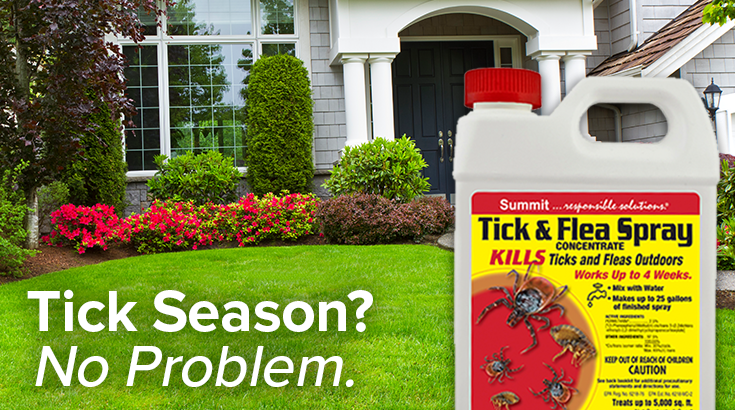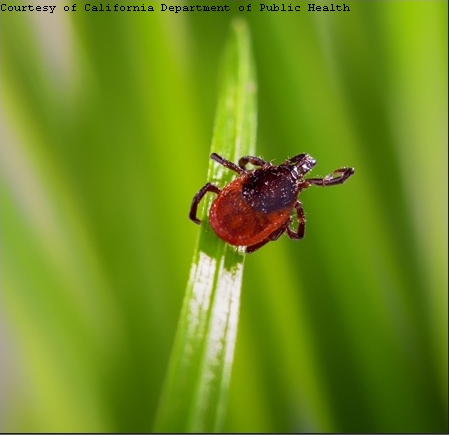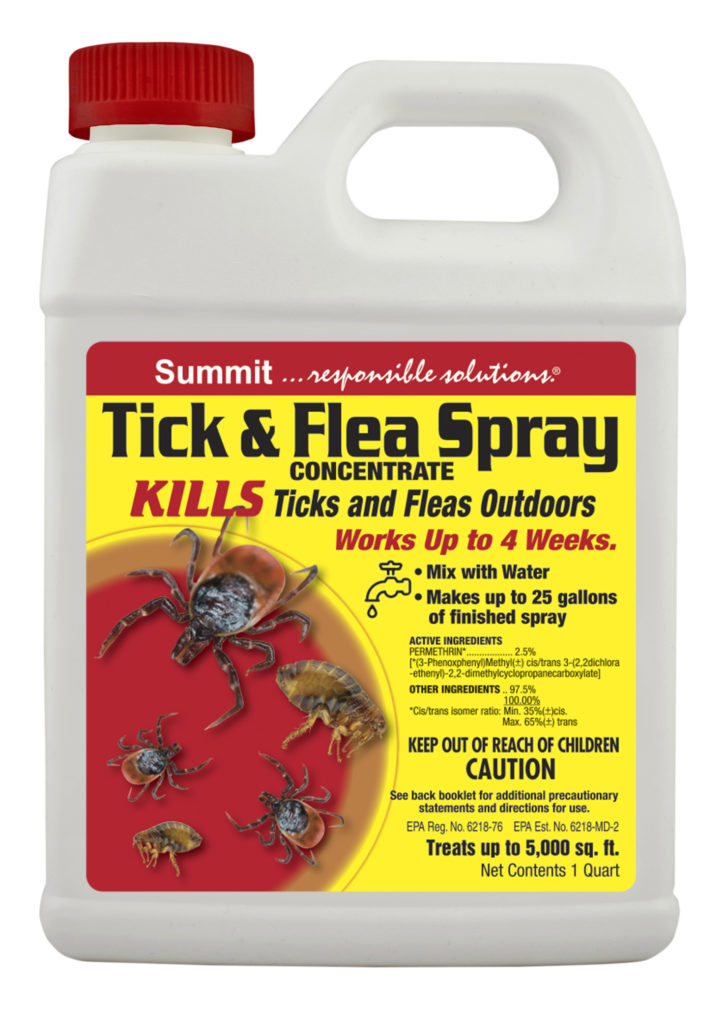Record Season Predicted For Tick-Borne Diseases

Tick populations continue to rise, and these insects are carrying more diseases than ever before.
Many public health and insect control experts are predicting the spring and summer of 2020 to be one of the worst on record for ticks and their disease-carrying bites.
Lyme Disease and More
Ticks are best known for transmitting Lyme Disease, which can cause a rash, fatigue, fever, chills, and headaches – plus aches in muscles and joints. If left untreated, Lyme Disease can cause arthritis and severe joint pain and swelling.

Every year, about 30,000 cases of Lyme Disease are reported to the Centers for Disease Control and Prevention (CDC), the leading national public health institute in the United States. Lyme Disease is transmitted by the bites of infected Blacklegged Ticks (also known as Deer Ticks). Unfortunately, the Blacklegged Tick is widespread throughout the Eastern US—particularly in the Northeast and the Upper Midwest.
Lyme Disease isn’t the only disease spread by ticks.
The American Dog Tick, found east of the Rocky Mountains and in parts of coastal California, transmits Rocky Mountain spotted fever. The Brown Dog Tick, found throughout the continental US, also spreads Rocky Mountain spotted fever. The Western Blacklegged Tick, found in Pacific Coast states, can transmit Lyme Disease and Anaplasmosis. The Lone Star Tick—found in Eastern Texas, throughout the South and as far north as Illinois, Ohio, Pennsylvania, southern New York and Massachusetts—carries several diseases.
Preventing Tick Borne Disease
- Dress Appropriately
Wear light color clothing to more easily see ticks, tuck pant legs into socks and tuck shirt into pants.
- Conduct Frequent Tick Checks
Check yourself, your children, and your pets for ticks after all outdoor activities.
- Use EPA registered Tick Repellents
The CDC and EPA recommend using EAP registered insect repellents, which have been evaluated by the EPA for effectiveness. Non-EPA registered repellents are not required to provide proof of effectiveness and could provide little to no protection.
- Treat your outdoor areas with an acaricide.
Not all yard treatments are the same. Pick a product that offers superior results in the elimination of ticks, such as Summit Tick & Flea Spray, a proven acaricide (product formulated to kill ticks).
Reduce the Number of Ticks in Your Yard
Prevention is the key to keeping tick populations down in backyards and acreage property where people live and work. Ticks thrive in high-humidity areas in a landscape, and they are less likely to be present in sunny and dry areas. Ticks can’t fly or jump, but “quest,” often climbing to the tips of tall grasses, weeds, and shrubs to wait for an unsuspecting animal or human (host) to come by, where it quickly climbs aboard.
To keep ticks away from houses, clear brush and tall grass, and remove leaf litter where ticks can hide. A barrier of wood chips or gravel between wooden areas and landscaped yards will make it more difficult for ticks to migrate into yards. Try to locate swing sets and playground areas away from wooded areas.
Deer can bring ticks into a yard, so protect vegetable gardens with a deer-proof fence. If possible, remove other plants that attract deer. Instead, plant deer-resistant shrubs and other plants.
Apply Summit Tick & Flea Spray to Kill Ticks
Summit® Tick & Flea Spray is specially formulated for superior tick control. In the northeast, a single application in late May or early June can dramatically reduce tick populations.

Spray Summit® Tick & Flea Spray around the perimeter of lawn areas, under porches, and in grassy or bushy areas near the house. Ivy and shrubbery up to a height of 2-3 feet should also be sprayed.
Ticks are attracted to dogs, so spray the areas in the yard where dogs travel or spend time. Kennels and dog houses should also be thoroughly treated.
Summit® Tick & Flea Spray is available in a handy hose-end spray bottle and as a concentrate that can be mixed with water and applied with a pump sprayer.
